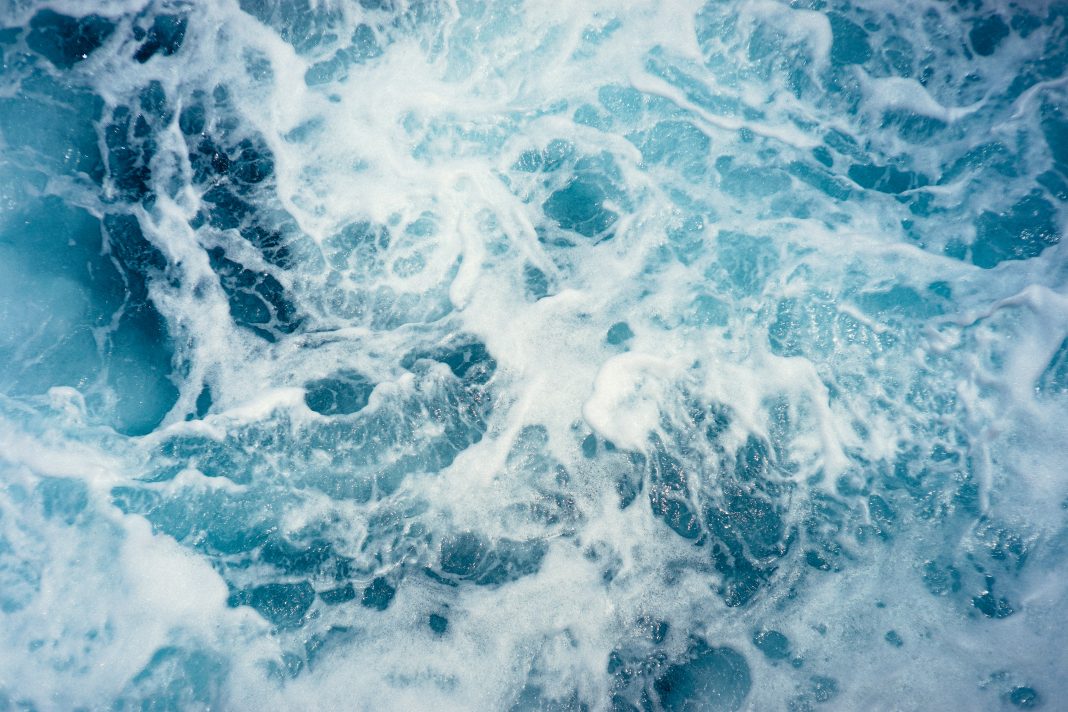Written by: Karissa Ketter, Staff Writer
SFU associate professor Anne Salomon’s research reveals differences of Indigenous small-scale fisheries compared to industrial commercial fisheries. In an interview with The Peak, Salomon found the biggest difference is the “intensity of harvest and the spatial extent of harvest.”
Salomon’s recent research was done in collaboration with the Heiltsuk Nation, based in Bella Bella. The community approached Salomon and her team to test the resiliency of their traditional practices of harvesting kelp and herring eggs.
The research team found “the intensity of their traditional practices basically mimics natural law.” They harvest the amount of “kelp that would have been lost anyhow by ocean waves and storms,” explained Salomon.
Herrings spawn eggs on kelp. The Indigenous practice is to harvest around 25% of each kelp plant to collect the herring eggs. This leaves the plant alive to sprout new branches. “It’s a perennial slow-growing kelp [ . . . ] we know that when things are slow growing that we’ve got to be really careful with how much we harvest,” said Salomon.
The level of care to how much and where they harvest from the ocean “is very unlike industrial-scale, commercial [harvests] of all sorts of things, including kelp.”
According to Salomon, industrial fisheries harvest herring eggs by killing adult fish and removing their eggs. However, when Indigenous communities collect eggs that have already been spawned, they “have a much smaller impact on the long-term population persistence because herring can come back, live, and spawn another day.
“Kelp is super important to the Heiltsuk Nation, and they care very much about the fact that they want to harvest it, but they want it to be done sustainably,” said Salomon. Her study showed the Heiltsuk Nation’s harvest of kelp and herring eggs is sustainable.
The biggest threat to their practices is currently “big changes in predator abundance.” Salomon explained sea otters eat shellfish, which Indigenous communities along the coast of BC also rely on as a food source.
“Those Indigenous communities are really limited toward the degree in which they can hunt.” There is little support for these communities to hunt the predators they traditionally hunted, resulting in an explosive population of top-level predators such as sea otters, sea lions, and seals.
Indigenous rights to harvesting — fishing, hunting, trapping, and gathering — are protected by treaties in BC. The treaties dictate who can harvest, as well as where and what can be harvested. Harvesting rights vary for First Nations, Métis, status, and non-status individuals. Generally, regulations allow Indigenous peoples to harvest for personal consumption, cultural purposes, or, in some cases, to barter, trade, and sell.
However, the Canadian government maintains the right to ban Indigenous peoples from hunting in the name of conservation of certain species at any time.
According to Salomon, Indigenous communities are forced to go to court to fight to maintain their rights and sovereignty. “The federal government should work hard to make space, institutions, and processes to foster that.
“Right now the federal government is really encouraging the inclusion of Indigenous knowledge in management plans, but what they need to do is inclusion of Indigenous decision-making authority — real co-management,” said Salomon.
Salomon called on the government of Canada to encourage “equitable management and decision-making” for Indigenous communities about ocean health and conservation.




